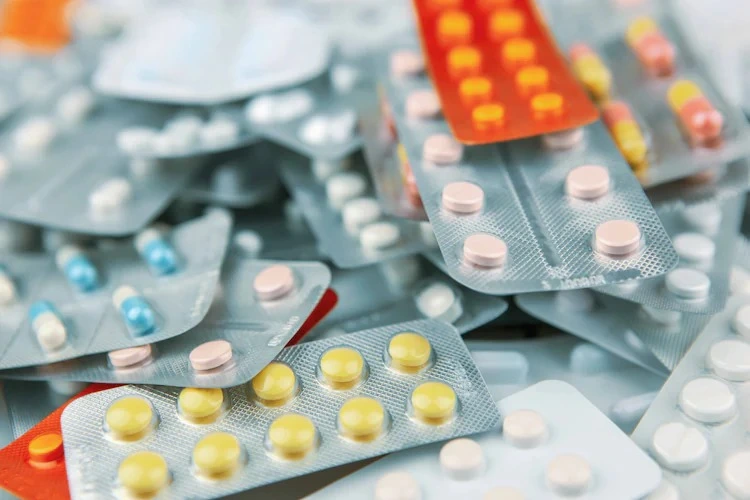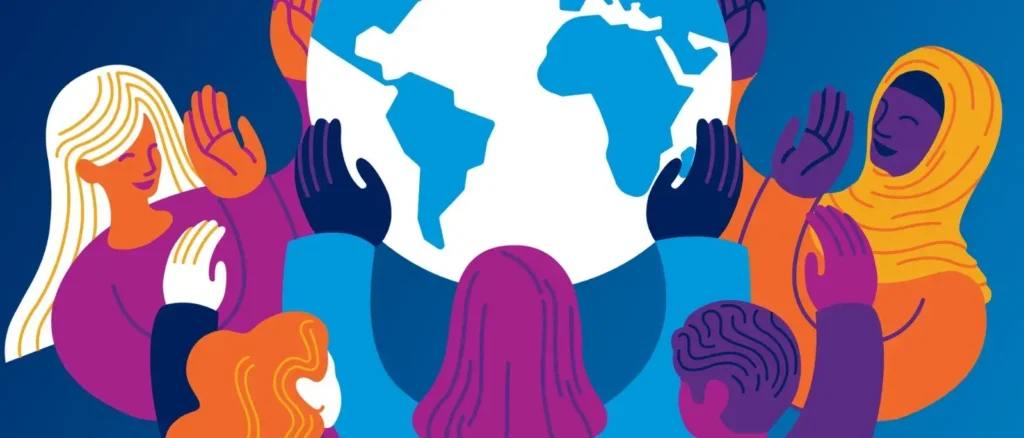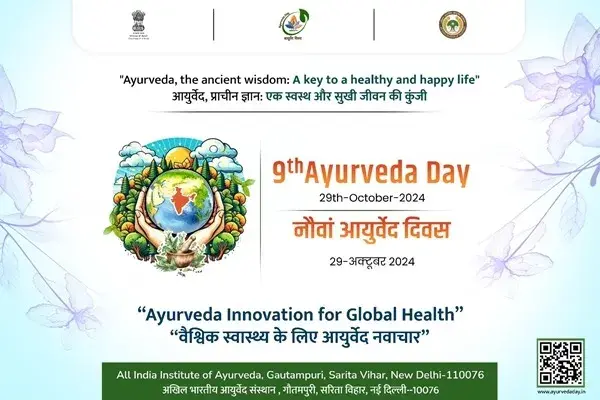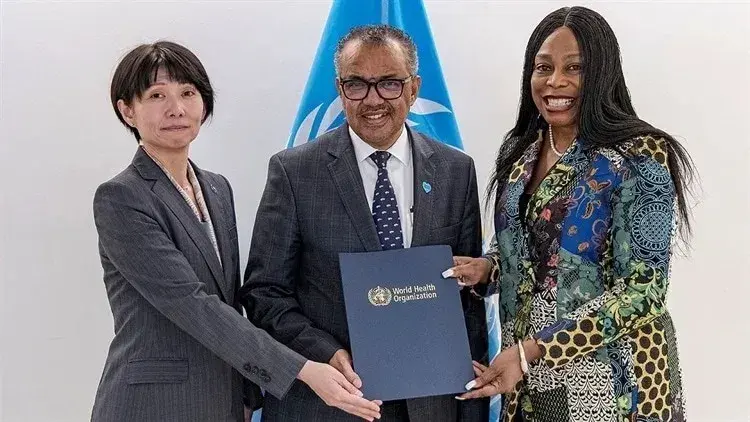Highly Contagious COVID-19 Variant NB.1.8.1 Spreads from China to the US
A newly emerging COVID-19 variant, NB.1.8.1 — known for its high transmissibility and recent surge in China — has now been identified in the United States, including cases in New York City, according to the Centers for Disease Control and Prevention (CDC). The variant was first detected among international travelers entering the U.S. between late March and early April through airports in California, Washington State, Virginia, and New York. Since then, additional infections have been reported in Ohio, Rhode Island, and Hawaii. Although the U.S. case count remains relatively small, public health experts are monitoring the situation closely due to the variant’s rapid spread across Asia, where it has become the leading strain. In Hong Kong, the NB.1.8.1 variant has led to a significant rise in hospital admissions and emergency visits, particularly affecting senior citizens. Reports indicate that within a span of four weeks, the city recorded 81 severe cases and 30 fatalities, primarily among individuals aged 65 and older. Mainland China has also seen a steep increase in COVID-positive patients in emergency departments, along with a spike in hospitalizations. However, Chinese health authorities maintain that the variant does not pose a greater threat than earlier strains. U.S. experts are taking a more cautious stance. Dr. Amy Edwards of Case Western Reserve University noted that while NB.1.8.1 may not result in more severe illness, its rapid transmission is concerning. “There’s a clear increase in hospital activity in places like China and Hong Kong,” she told CBS News. CDC data shows that those carrying the variant had traveled from countries including China, Japan, South Korea, Vietnam, Thailand, France, Spain, and Taiwan — suggesting broader international transmission. NB.1.8.1 presents symptoms similar to prior variants — including fatigue, fever, sore throat, and coughing — but scientists believe it has a “growth advantage,” potentially allowing it to spread more efficiently. Dr. Subhash Verma from the University of Nevada highlighted this increased transmissibility as a cause for concern. In Hong Kong, Dr. Edwin Tsui of the Centre for Health Protection urged vigilance, warning that the variant might be more adept at bypassing existing vaccine defenses. Health officials there are tracking the variant’s evolution in line with World Health Organization (WHO) guidance. The emergence of NB.1.8.1 coincides with changes to U.S. COVID-19 vaccine policy. The CDC recently updated its guidelines, advising against routine vaccination for healthy children and pregnant women. Future booster shots will primarily target high-risk populations, such as the elderly and immunocompromised individuals. Source: NDTV Photo Credit: Reuters
Highly Contagious COVID-19 Variant NB.1.8.1 Spreads from China to the US Read More »










